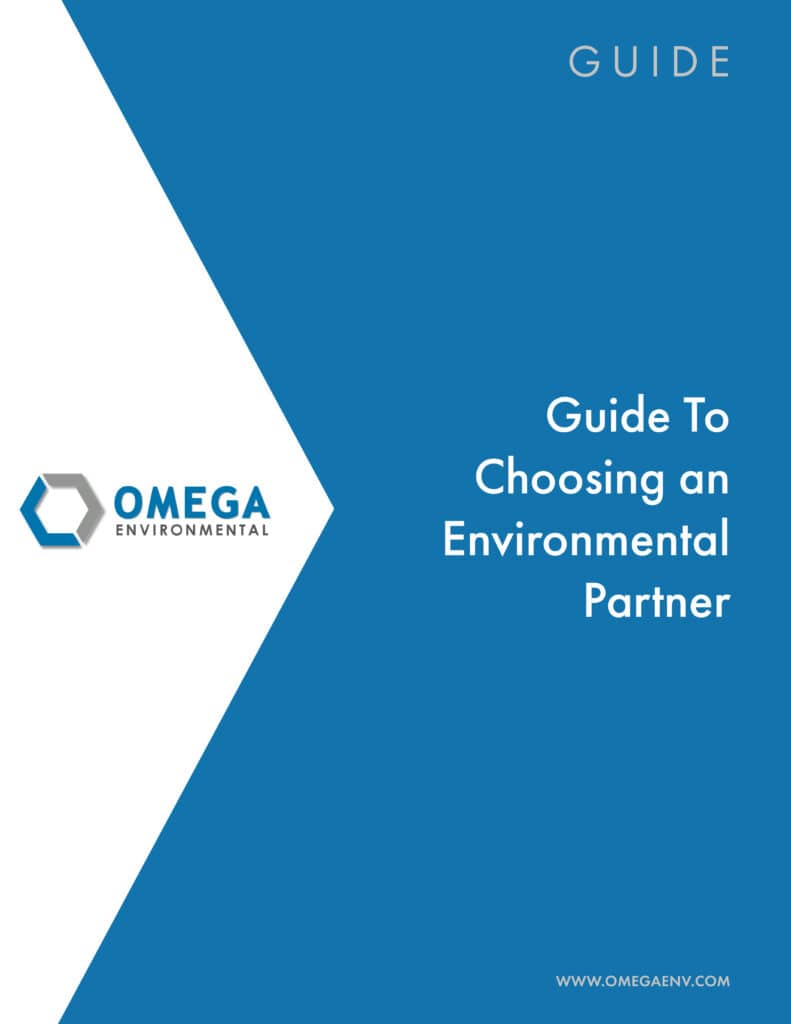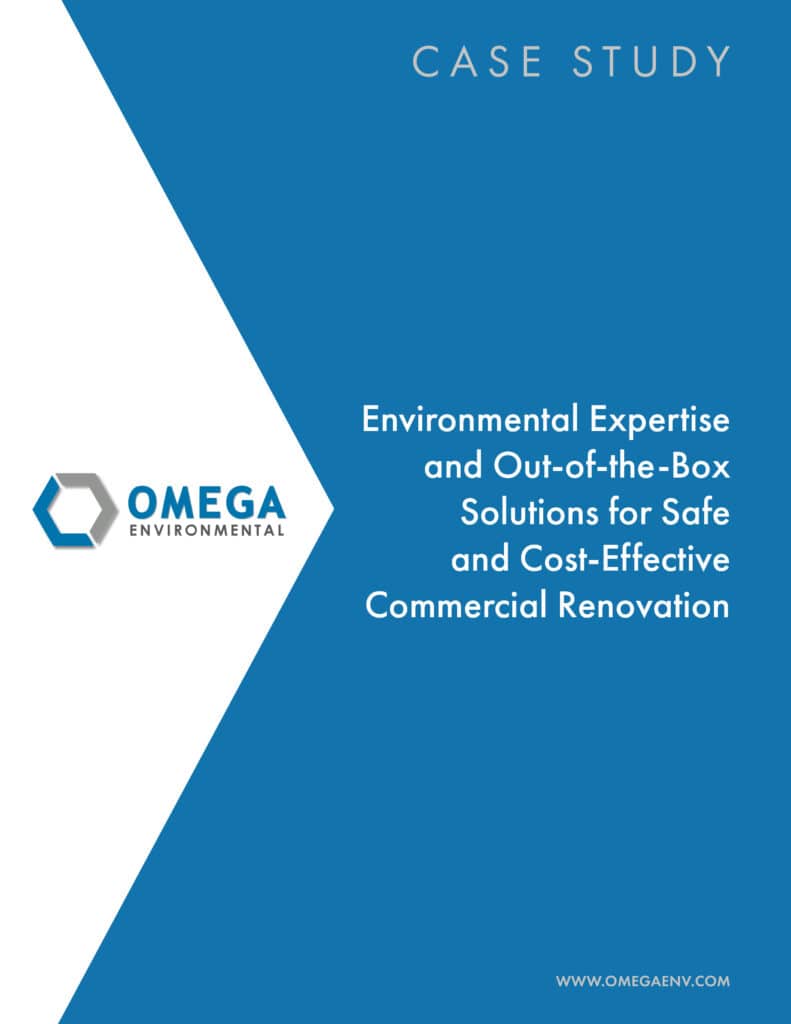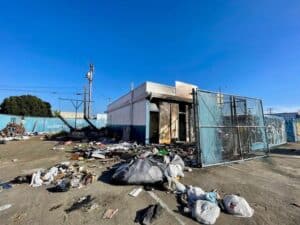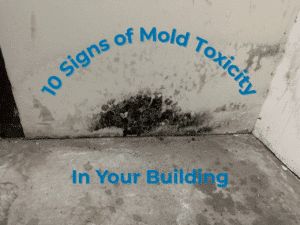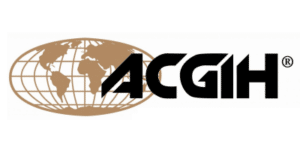Who Can Perform a Phase I Environmental Site Assessment?
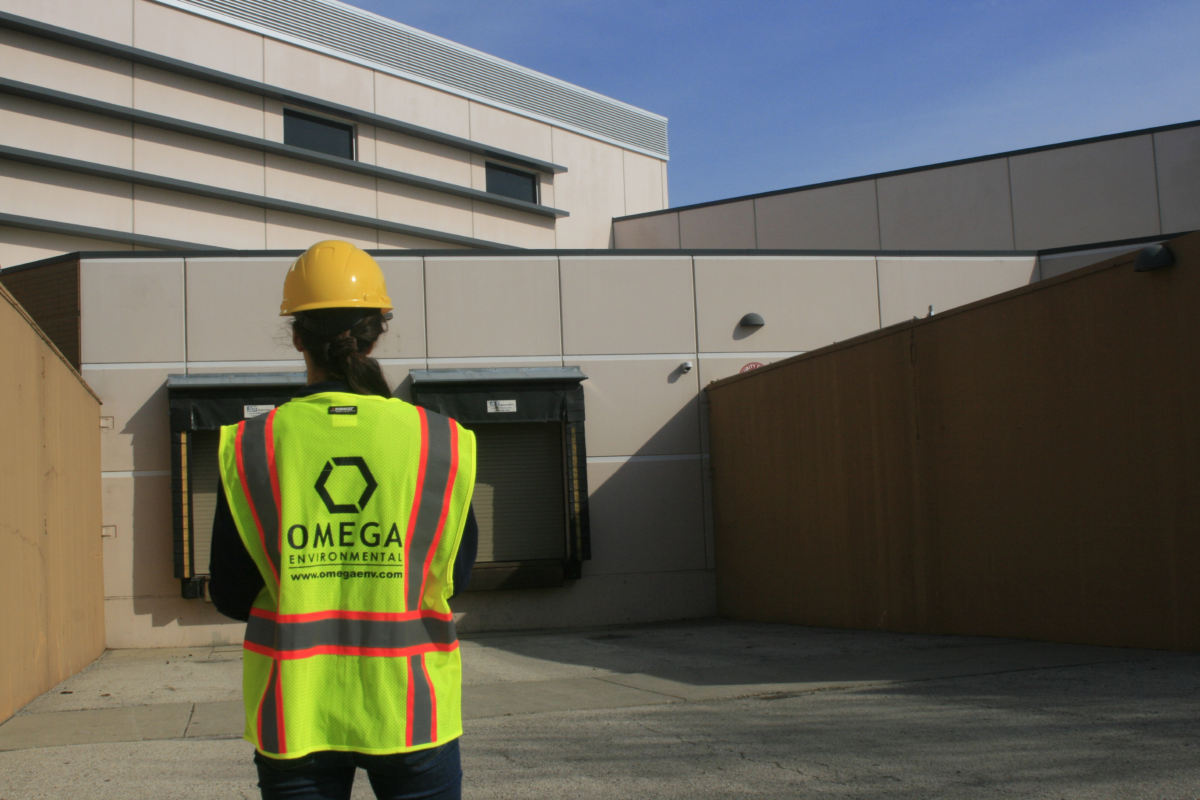
Understanding Who Can Perform a Phase I Environmental Site Assessment
Who can perform a Phase I Environmental Site Assessment? The simple answer: a qualified Environmental Professional (EP). This means someone who meets specific criteria set by the ASTM E1527-13 standard and the EPA’s All Appropriate Inquiries (AAI) rule. Here’s a quick breakdown of the qualifications needed:
- Education and Credentials: Holding a relevant degree in environmental science, engineering, geology, or a related field, along with any additional certifications or professional registrations.
- Experience: Having a proven track record of conducting Phase I ESAs and demonstrating a thorough understanding of the industry standards and regulations.
- Membership and Participation: Being an active member of professional organizations related to environmental assessment and participating in industry events and conferences.
- Reputation and References: Maintaining a positive reputation and having strong references from clients and colleagues who can attest to the individual’s expertise and professionalism.
Overall, recognition as a qualified environmental professional requires a combination of education, experience, and a demonstrated commitment to upholding industry standards and best practices.
A Phase I Environmental Site Assessment (ESA) is a crucial step in commercial property transactions. It helps identify potential environmental risks, protecting both future property owners and lending institutions. Without an ESA, stakeholders may face unforeseen liabilities that impact both finances and ecological responsibilities. Navigating this process with the right expertise is essential.
The Process of Phase I Environmental Site Assessments
A Phase I Environmental Site Assessment (ESA) is a vital part of any commercial property transaction. It aims to uncover potential environmental risks that could affect the property’s value or the health and safety of its future occupants. Let’s break down what goes into a Phase I ESA and the role of Environmental Professionals (EPs) in this process.
Key Components of a Phase I ESA
- Site Visit
A thorough on-site inspection is conducted to observe current conditions and identify potential environmental concerns. This includes looking for signs of contamination, such as stained soil or distressed vegetation. - Historical Research
The property’s history is reviewed to understand past uses that might have led to contamination. This involves examining old maps, photos, and records to piece together the property’s environmental story. - Interviews
Conversations with current and past property owners, occupants, and even neighbors can provide insights into historical land use and potential environmental issues. - Database Searches
Accessing federal, state, and local databases helps identify any recorded environmental issues, such as spills or storage of hazardous materials, related to the property or nearby sites.
The Role of Environmental Professionals (EPs)
Environmental Professionals are the backbone of the Phase I ESA process. They conduct expert assessments thoroughly and in compliance with necessary standards.
- Qualifications: To be considered an EP, an individual must meet certain criteria as outlined by the ASTM E1527-13 standard and the EPA’s All Appropriate Inquiries (AAI) rule. This generally includes a science or engineering degree, significant experience in environmental assessments, and recognition by peers.
- ASTM Standards and AAI Compliance: The ASTM E1527-13 standard provides the framework for conducting Phase I ESAs. EPs ensure that every assessment adheres to these guidelines, which are crucial for CERCLA liability protection. The AAI rule further dictates the necessary steps to qualify for liability protections under the Comprehensive Environmental Response, Compensation, and Liability Act (CERCLA).
- Professional Judgment: An EP’s role isn’t just about ticking boxes. Their professional judgment is critical in interpreting data and determining whether a Phase II ESA is required to further investigate potential concerns.
In summary, a Phase I ESA is a comprehensive evaluation that involves multiple steps and relies heavily on the expertise of qualified Environmental Professionals. Their role is critical in ensuring that properties are thoroughly assessed, and potential environmental risks are identified and managed appropriately.
Who Can Perform a Phase I Environmental Site Assessment?
Qualifications for an Environmental Professional
When it comes to who can perform a Phase I Environmental Site Assessment, the role is primarily for an Environmental Professional (EP). But what exactly qualifies someone as an EP?
To be considered an EP, individuals must meet specific criteria set by the ASTM E1527-13 standard. These qualifications ensure that the person conducting the assessment has the necessary knowledge and experience to identify environmental risks accurately.
Key Qualifications for an EP
- Education: A Bachelor’s degree or higher in science or engineering is essential. This educational background provides the foundational knowledge needed for environmental assessments.
- Experience: At least five years of full-time experience in relevant environmental fields is required. Alternatively, individuals can qualify with a current Professional Engineer’s or Professional Geologist’s license and three years of experience.
- Licensing: Holding a Professional Engineer’s or Professional Geologist’s license from a U.S. state or territory is another pathway to qualifying as an EP. This licensing demonstrates a recognized level of professional competence.
- ASTM E1527-13 Compliance: EPs must be familiar with and adhere to the ASTM E1527-13 standards. This compliance ensures that assessments are conducted consistently and thoroughly, meeting the necessary regulatory requirements.
Supervision and Team Contributions
While the EP is the lead on a Phase I ESA, the process often involves a team of professionals from various disciplines. This team dynamic is crucial in ensuring a comprehensive assessment.
Non-EP Roles and Supervision
- Team Contributions: Environmental scientists, chemists, geologists, and others may assist in the assessment process. Their expertise in specific areas contributes to a more thorough evaluation of the site.
- Supervision by EP: Even when non-EPs are involved, their work is conducted under the supervision of a qualified EP. This oversight ensures that all findings and conclusions align with the standards required for a valid Phase I ESA.
- Collaborative Approach: The multi-disciplinary approach allows for a broad range of insights, enhancing the assessment’s accuracy and completeness. Each team member brings a unique perspective, contributing to a well-rounded evaluation.
In summary, the qualifications and team dynamics involved in a Phase I ESA are structured to ensure that assessments are thorough, accurate, and compliant with necessary standards. The involvement of an experienced EP is crucial, as they guide the process and ensure that all findings are reliable and actionable.
Next, we’ll explore the importance of choosing the right EP for your Phase I ESA needs.
The Importance of Choosing the Right EP
When selecting an Environmental Professional (EP) for a Phase I Environmental Site Assessment, it’s not just about ticking boxes. The right EP can make a significant difference in your property transaction, especially when it comes to CERCLA liability protection. Let’s explore what you should consider.
Factors to Consider When Selecting an EP
CERCLA Liability Protection
The Comprehensive Environmental Response, Compensation, and Liability Act (CERCLA) can hold property owners liable for contamination—even if they didn’t cause it. Having a qualified EP conduct your Phase I ESA is crucial for accessing legal defenses like the “Innocent Landowner” protection. This protection can shield you from hefty cleanup costs if contamination is found later.
Professional Judgment
An EP’s judgment is critical. Their ability to interpret complex data and historical records can influence the outcome of the assessment. Look for EPs who have demonstrated sound judgment in past assessments, ensuring they can provide reliable conclusions.
Experience in Specific Property Types
Every property is different. Whether it’s a chemical plant or a residential site, each type has unique challenges. An EP with experience in the specific type of property you’re dealing with will have the insights necessary to identify potential issues that others might miss.
Geographic Experience
Local knowledge matters. An EP familiar with the geographic area of the property will understand regional environmental concerns and regulatory nuances. This expertise ensures that the assessment is thorough and custom to local conditions.
Remediation Experience
If issues are found, an EP with remediation experience can offer valuable insights into potential cleanup costs and strategies. This knowledge can provide leverage in negotiations and help in planning for future property use.
Professional Liability Insurance
Having professional liability insurance is a must for any EP you consider. It protects both the EP and you, the client, from potential claims arising from errors or omissions during the assessment process.
Selecting the right EP involves more than just checking qualifications. It requires careful consideration of their experience, judgment, and local knowledge. These factors ensure that your Phase I ESA not only meets regulatory standards but also provides peace of mind as you move forward with your property transaction.
Next, we’ll look at the importance of due diligence in a Phase 1 ESA.
Partner With a Qualified Environmental Professional
When it comes to property transactions, due diligence is not just a formality—it’s a necessity. Conducting a thorough Phase I Environmental Site Assessment (ESA) can be the difference between a smooth transaction and unforeseen liabilities. This is where the expertise of the right Environmental Professional (EP) becomes invaluable.
Importance of Due Diligence
Due diligence in environmental assessments serves as a proactive measure to identify potential environmental liabilities before they become costly problems. It ensures that all environmental risks are assessed and understood, which is crucial for informed decision-making and risk management. By conducting a Phase I ESA, you protect yourself from unexpected cleanup costs and legal issues related to environmental contamination.
Selecting the Right EP
Choosing the right EP is pivotal. An EP with the right qualifications, experience, and local knowledge can effectively steer the complexities of environmental regulations and site-specific challenges. Their role is not just to conduct assessments but to provide insights that can influence your property investment decisions positively. An experienced EP will bring clarity and confidence to the due diligence process, ensuring that your investment is sound and secure.
Reach Out to Omega Environmental Services and Partner with a Trusted EP
At Omega Environmental Services, we pride ourselves on being a trusted partner in environmental due diligence. Our team of seasoned professionals offers comprehensive environmental solutions custom to your specific needs. With our extensive experience across various industries and property types, we ensure that your Phase I ESA is conducted with precision and thoroughness.
Whether you’re dealing with a commercial property, industrial site, or residential land, we have the expertise to guide you through the process. Our commitment to excellence and client satisfaction makes us the ideal choice for your environmental assessment needs.
To learn more about how we can assist with your environmental site assessments, visit our environmental site assessments page.
In conclusion, due diligence and selecting the right EP are critical components of a successful property transaction. With Omega Environmental Services by your side, you can proceed with confidence, knowing that your environmental assessments are in expert hands.

